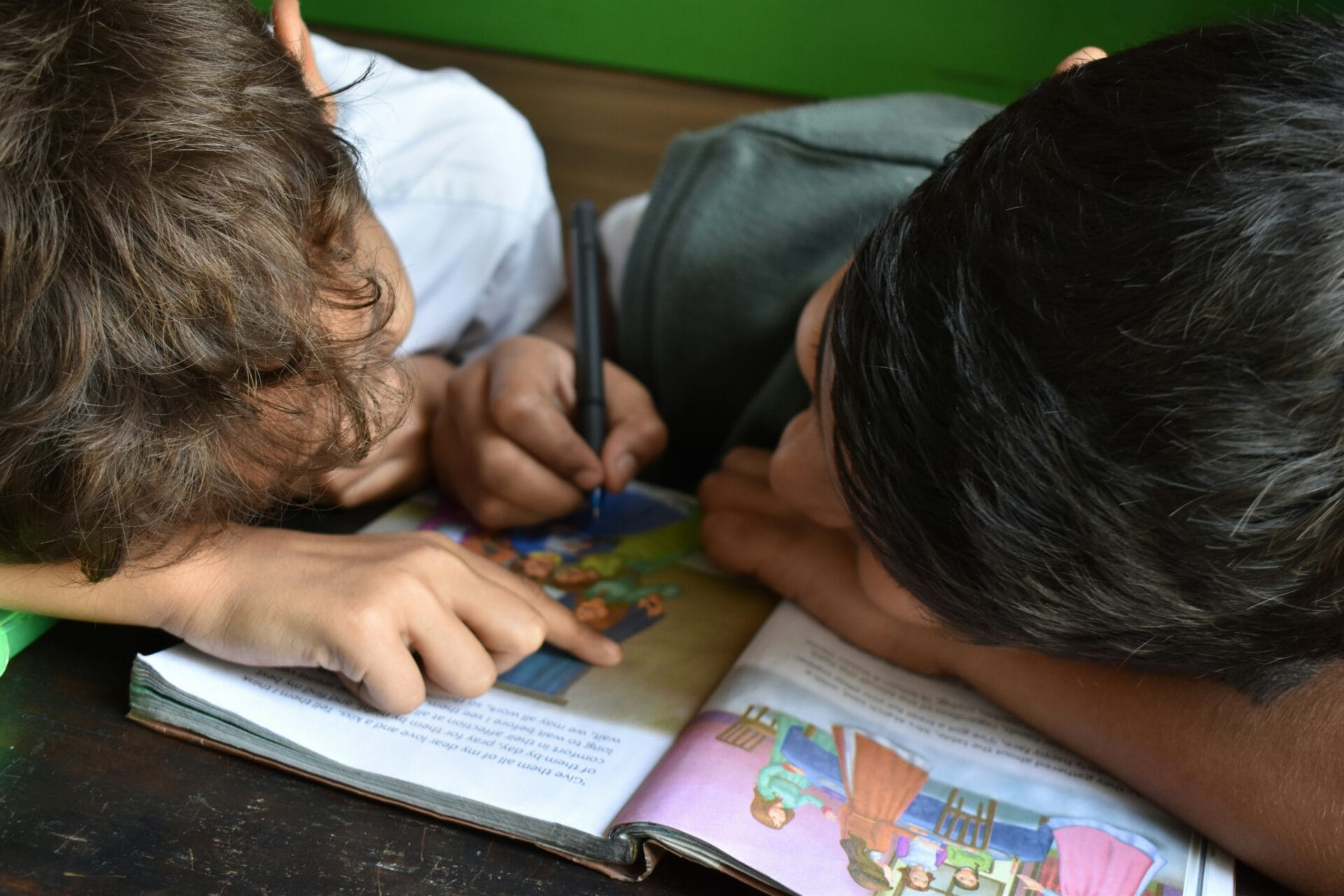For many children, a significant portion of their learning and development takes place within the classroom. Teachers play a pivotal role not just in education, but also as observant caregivers who can spot potential health issues, including vision problems. Recognizing the signs of eye issues during classroom activities is crucial, as these problems can significantly affect a child’s academic performance and overall well-being. This guide is tailored to help teachers identify signs that may indicate a student is experiencing vision difficulties.
Squinting or Tilting the Head
One of the most observable signs a teacher might notice is a student squinting to see the chalkboard or digital screen, or tilting their head in an attempt to adjust their vision. This behavior could indicate refractive errors, such as nearsightedness or farsightedness, or it could be a sign of an eye alignment issue.
Rubbing Eyes Frequently
If a child often rubs their eyes, especially during activities that require sustained visual attention, it might indicate that they are experiencing eye strain or fatigue. This can be a sign of various eye conditions, including dry eye, allergic conjunctivitis, or even refractive errors that make focusing difficult.
Complaining of Headaches
Frequent headaches can be a symptom of eye strain, particularly in children. If a student complains of headaches regularly, especially later in the day or after visual tasks like reading or using the computer, it could be a sign that their vision is being strained.
Struggle or Avoidance of Reading and Learning Tasks
Students struggling to see text clearly or maintaining clear vision for a prolonged period may show more challenges or avoidance of learning tasks than their peers. As they need to invest more effort to see text clearly, they may show more reluctance or struggle in learning. Common learning struggles that could relate to vision problems include:
- Difficulty with eye tracking: losing their place often, skipping lines, or using their finger as a guide more than their peers do.
- Poor reading comprehension: having trouble understanding what they read or quickly forgetting what they have just read, slow learning to read, trouble with spelling and sight word vocabulary, confusing words with similar beginnings, slow copying from board to book, not recognizing the same word repeated on a page.
- Avoidance of reading: Since it takes them more effort to see text clearly, children can show less interest in or avoid learning and reading tasks.
This reluctance or difficulty can sometimes be misinterpreted as a lack of interest or a learning disability when it may be rooted in vision problems.
Poor Hand-eye Coordination
In activities that require precise hand-eye coordination, such as writing, drawing, or sports, children with vision issues may lag behind their peers. A teacher might notice awkwardness in physical education, difficulty staying within lines during art projects, or unusual handwriting problems, which could all hint at underlying vision difficulties.
Behavioral Changes or Academic Decline
A decline in academic performance or a change in behavior, such as increased frustration, lack of attention, or avoidance of visual tasks, can sometimes be a child’s response to undiagnosed vision problems. These changes might be particularly noticeable in subjects that require heavy visual work, such as reading and writing.
If your child’s teacher reports observing some of these signs at school, it is recommended to bring your child to see an optometrist for a comprehensive eye test. All of our optometrists are experienced and have had extra training in children’s vision to ensure that your child’s eye care is in capable hands. Read our blog article to learn more about children’s eye test.
Bood An Eye Test For Your Child Today!

